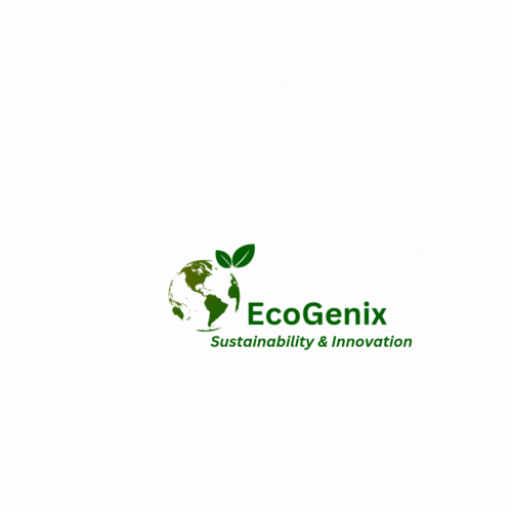Introduction
Sustainable fisheries and aquaculture play a crucial role in providing a significant portion of the world’s protein supply and supporting the livelihoods of millions of people. However, the overexploitation of marine resources has raised concerns about the long-term viability of our oceans. This article explores the importance of sustainable practices in fisheries and aquaculture and discusses the innovative solutions that are shaping the future of this industry.
The Importance of Sustainable Fisheries and Aquaculture
Sustainable fisheries and aquaculture are essential for maintaining the delicate balance of marine ecosystems. Overfishing not only threatens the survival of various fish species but also disrupts the food chain, impacting other marine life and communities that depend on them. Sustainable practices ensure that fishing and aquaculture activities meet the needs of the present without compromising the ability of future generations to meet their own needs.
Challenges in Achieving Sustainability
Several challenges hinder the achievement of sustainable fisheries and aquaculture. These challenges include illegal, unreported, and unregulated (IUU) fishing, bycatch, habitat destruction, and the impacts of climate change. Addressing these issues requires international cooperation, stringent regulations, and the adoption of responsible fishing techniques.
Innovative Solutions for Sustainable Fisheries and Aquaculture
Aquaponics and Integrated Multi-Trophic Aquaculture (IMTA): Aquaponics combines aquaculture (fish farming) with hydroponics (cultivating plants in water). IMTA takes this concept further by integrating multiple species such as fish, shellfish, and seaweed. These systems create symbiotic relationships, where waste from one species becomes nutrients for another, reducing environmental impact.
Selective Fishing Gear: The development and use of selective fishing gear help reduce bycatch – the unintended capture of non-target species. Devices like turtle excluder devices (TEDs) and acoustic alarms help fishermen avoid catching endangered species and juvenile fish, allowing them to grow and reproduce, thus ensuring the sustainability of populations.
Marine Protected Areas (MPAs): Establishing MPAs can safeguard critical habitats and allow fish populations to recover. These designated areas limit or prohibit human activities, allowing marine ecosystems to rejuvenate and ensuring the long-term health of fisheries.
Data-Driven Fisheries Management: Utilizing advanced technologies such as satellite imagery, drones, and artificial intelligence, fisheries can gather real-time data on fish stocks and environmental conditions. This information enables scientists and policymakers to make informed decisions, preventing overfishing and promoting sustainable practices.
Consumer Awareness and Certification: Raising awareness among consumers about sustainable seafood choices is crucial. Certifications like the Marine Stewardship Council (MSC) label and Aquaculture Stewardship Council (ASC) certification help consumers identify products sourced from sustainable fisheries and aquaculture operations.
Conclusion
Sustainable fisheries and aquaculture are fundamental for ensuring food security, preserving marine biodiversity, and supporting coastal communities worldwide. By embracing innovative solutions, enforcing regulations, and fostering international collaboration, we can protect our oceans and secure a sustainable future for both marine life and humanity. It is imperative that individuals, industries, and governments work together to nurture our oceans and pass down their abundance to the generations yet to come.
ARTICLE BY: WAYNE TOTA
Food Security and Climate Change
waynetota9@gmail.com
0601133196239
Visit for more articles:
https://sites.google.com/view/foodsecure-sustain-agriclimate/home.

Leave a Reply